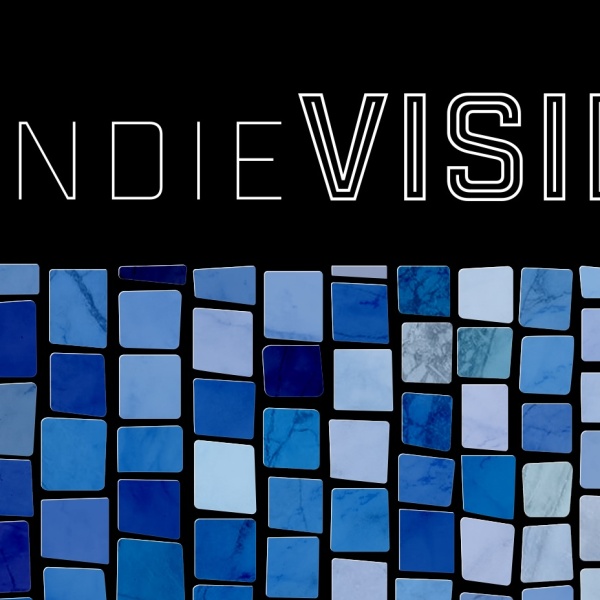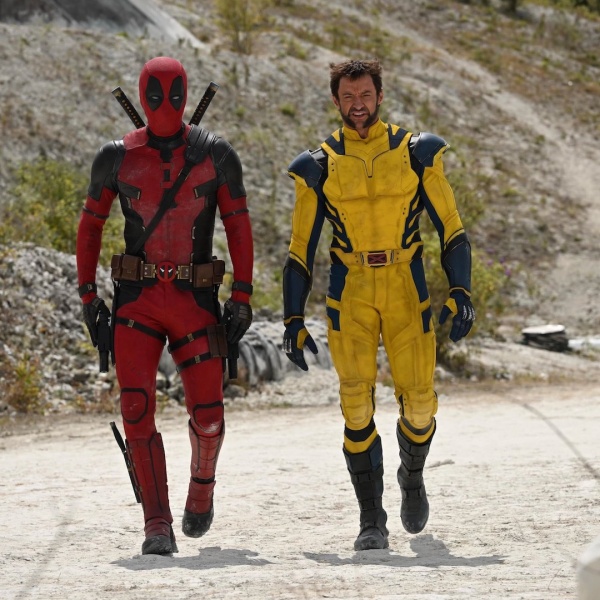
With Steven Spielberg‘s “The Adventures Of Tintin” set to open internationally in ten days, critics overseas are the first catch to the film and early reviews have started to trickle in. So, what’s the word? Well, for the most part — except for the typically crusty U.K. critics — it looks like Spielberg has delivered one of the best pieces of pop-entertainment of his career. It seems the trailers and clips so far have just been a teaser to what appears to be a big, joyous slice of entertainment that contains sly references to film history (keep an eye out for a nod to Robert Bresson‘s “Pickpocket“), top notch motion-capture animation, some fantastic set pieces all in a remarkably lean movie that is Spielberg’s shortest to date.
The only element to get mixed word is regular Spielberg collaborator John Williams‘ score — which you can get an extensive sneak preview of over at Cinema Musica — and some reviews also note that the spectacle comes at the expense of characterization. However, in terms of delivering top shelf, blockbuster entertainment, it looks like Spielberg has a big winner on his hands. Below, we have a roundup of some of the reviews so far.
“The Adventures of Tintin” opens internationally from October 26th, and in the U.S. on December 21st.
Empire
From the Nouvelle Vague flourish of the opening credits, featuring Tintin in silhouette dashing past giant typewriters and former foes, recalling the Saul Bass-themed curtain raiser of ‘Catch Me If You Can,’ set off by John Williams’ fleet-fingered piano score, the mood is set. Here is a joyful play of opposites: the romance of old-school cinema, conjured by the slick synthesis of CG wizardry.
Action-packed, gorgeous, and faithfully whimsical: Hergé thought Spielberg the only director capable of filming Tintin. He was onto something.
The Hollywood Reporter
It’s precisely the old-school exploits of the Jones films that the director and screenwriters Steven Moffat, Edgar Wright (“Hot Fuzz,” “Scott Pilgrim vs. The World“) and Joe Cornish (“Attack the Block“) have channeled here, transforming two of the 23 Tintin comics into a saga filled with captivating CGI action and clever sight gags, while maintaining a compact narrative that never takes itself too seriously.
…a dazzling flashback scene where past and present are intermingled with plenty of wit and digital splendor (most notably in an image of The Unicorn emerging from the sea and crashing, dreamlike, onto a row of sand dunes), showcase Spielberg’s talent for creating action that is less about bullets and bombs than in keeping things visually alive, introducing dozens of ideas in only a few shots. This is what makes Tintin an altogether more successful mocap experience than earlier efforts like “The Polar Express,” and the director (who operated the camera and is credited as “lighting consultant”) approaches the medium in a realistic way that’s also far from the epic worlds of “Avatar,” setting things in a past of lifelike artifacts and locations.
In Contention
…as lovingly detailed a homage to the director’s own past glories as to the source material itself, the film is perhaps most notable for its lack of tonal compromise, and occasionally hampered by an urge to translate as many facets of the Tintin phenomenon as the markedly trim 106-minute film can hold. (It’s worth noting that “Tintin” is the shortest theatrical feature of Spielberg’s career; if the rigors and restrictions of motion-capture technology are what’s making him work this tidily, then bring on the future.)
Still, the film’s smashing key set pieces – notably a gorgeous, breathless downhill chase through the streets and canals of Bagghar as thrilling as any live-action sequence from Spielberg’s oeuvre – fully justify this technological leap of faith, while also successfully adapting the distinctive flat-color textures of Hergé’s trademark ligne claire drawing style. It’s in these scenes, presumably the toughest for the director to build with these unfamiliar tools, that “The Adventures of Tintin” nonetheless feels most effortlessly Spielbergian…
Variety
Clearly rejuvenated by his collaboration with producer Peter Jackson, and blessed with a smart script and the best craftsmanship money can buy, Spielberg has fashioned a whiz-bang thrill ride that’s largely faithful to the wholesome spirit of his source but still appealing to younger, Tintin-challenged auds.
With immense sensitivity, the animators have translated Herge’s spare, elegant drawings into a multidimensional world that seems realistic (especially in its use of chiaroscuro lighting, which plays wonderfully with sunlight and shadows throughout) yet still charmingly stylized and cartoony. Perhaps the film’s sweetest joke comes at the very beginning, when a street artist, modeled on the real Herge, does a quick-sketch portrait of Tintin that looks exactly like one of the original strips.
The Surrey Comet
The look and feel of the movie is astonishing and there are some great set pieces involving an out of control hydro-plane, a fast paced motor bike chase in Morocco and old fashioned Galleon battle like you’ve never seen before.
I really enjoyed the film, although Tintin’s constant explanation of what was going on did put me in mind of one of those ‘point and click’ Nintendo DS games where you put the cursor over the old telephone on the desk and it gives you a valuable clue.
Also, hats off to the creative’s who devised the fantastic opening title animated sequence, one of the highlights of the film.
CinemaTeaser
…’The Secret Of The Uniform’ [has]…a genuine respect for Hergé, that it is simply amazing. Proof once again that in terms of high end entertainment and inventiveness, Spielberg has no competition.
The Telegraph
On its own terms, “The Adventures Of Tintin: The Secret Of The Unicorn” is a success, although it’s debatable whether these are the terms on which every audience member will approach it. As a family-friendly adventure romp it ticks every box, but the unique appeal of the Tintin books does not lie in seeing boxes being ticked.
The Guardian
Viewed from a distance, The Adventures of Tintin stands proud as freewheeling, high-spirited entertainment. But those close-ups are painful, a twist of the knife. There on the screen we see Hergé’s old and cherished protagonists, raised like Lazarus and made to scamper anew. But the spark is gone, their eyes are dusty, and watching their antics is like partying with ghosts. Turn away; don’t meet their gaze. When we stare into the void, the void stares back at us.

